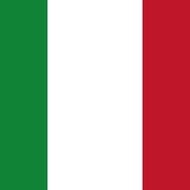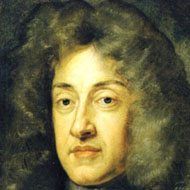About
Italian violin maker and luthier known for being the greatest violin maker in history, and known for making violins, violas, cellos, guitars, and harps that are still revered and coveted today for their unmatched acoustic quality and beauty. His instruments are often referred to as "Stradivarius" or simply "Strads," and are among the most valuable and sought-after in the world.
Before Fame
He was baptized at San Domenico Church in Cremona in 1644. He is believed to have apprenticed with luthier Nicola Amati. His first known signed and dated violin was from 1666 and labeled Antonius Stradivarius Cremonensis Alumnus Nicolai Amati. He gradually developed his own style, and by the 1680s, he had developed a strong reputation and was making instruments for nobility and musicians across Europe. He produced his finest work during his Golden Period between 1700 and 1720.
Trivia
His instruments have been the subject of scientific study, cultural fascination, and musical legend for over three centuries. His instruments are found in the collections at museums and institutions such as the Smithsonian, the Metropolitan Museum of Art, and the Royal Academy of Music. It's estimated that Stradivari made over 1,100 instruments in his lifetime. Today, about 650 survive, including approximately 500 violins, 50 cellos, and 12 violas.
Family Life
He was born and raised in Cremona, Duchy of Milan, Italy. He was married twice and had eleven children. His sons, Francesco and Omobono, eventually worked with him in his workshop and continued his legacy after his death. He died of old age on December 18th, 1737.
Associated With
He received commissions from King James II and King Charles III. His violin, the Lord Dunn-Raven Stradivarius, has been played by Anne-Sophie Mutter. Itzhak Perlman has performed with several Stradivari instruments.








